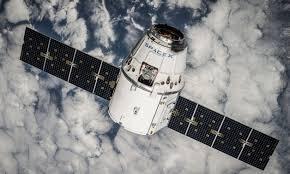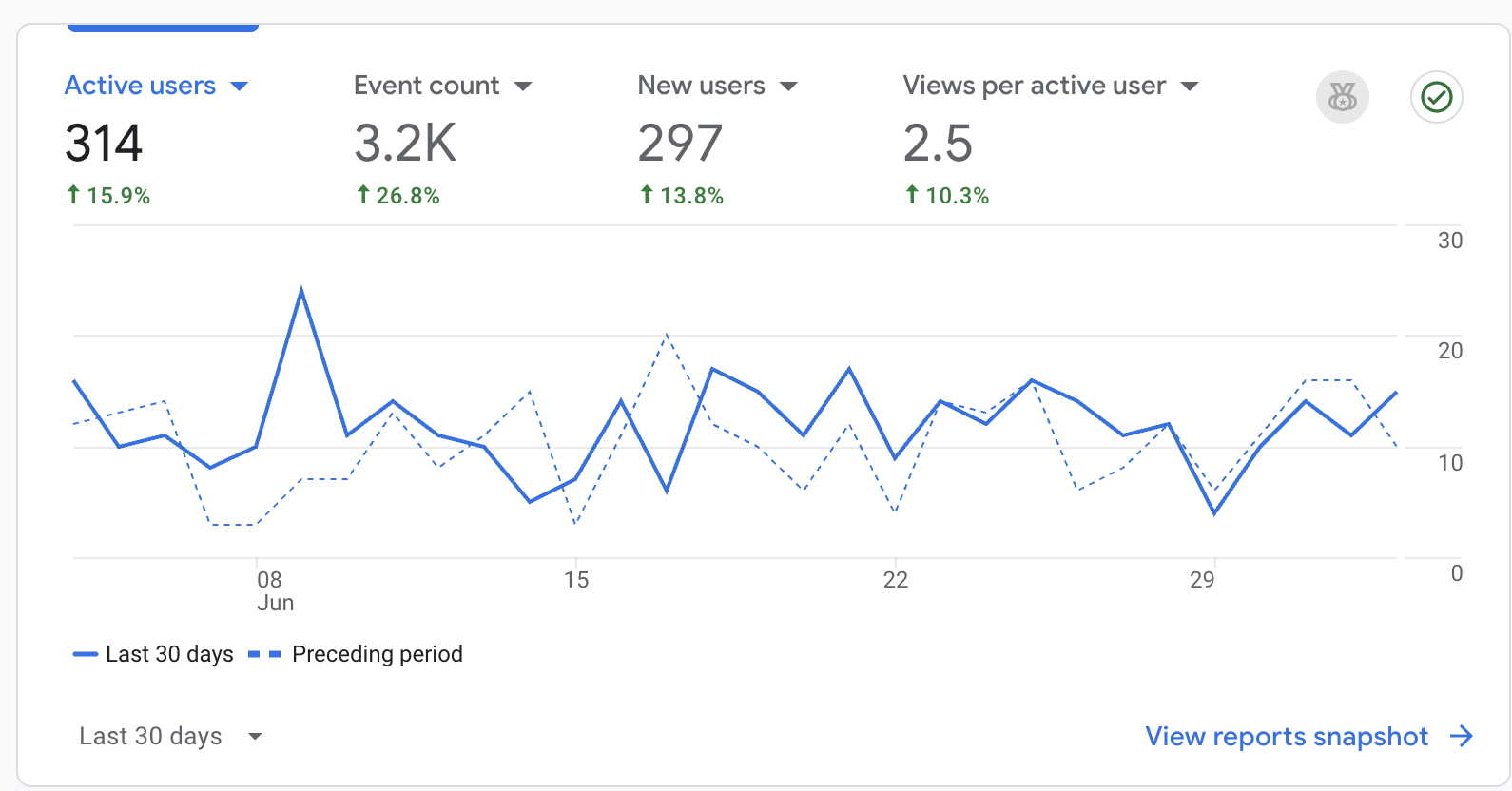Small Satellite Market Opportunities, Threats, and Strategic Developments Across North America and Europe

The small satellite market is experiencing rapid growth, particularly in North America and Europe, driven by technological advancements, strategic investments, and increasing demand for satellite-based services. This article delves into the opportunities, threats, and strategic developments influencing the small satellite sector in these regions.
Opportunities in North America
North America, led by the United States, is at the forefront of the small satellite market. The region benefits from a robust infrastructure, established spaceports, and a supportive regulatory environment. Key opportunities include:
-
Commercial Launch Services: Companies like SpaceX and Rocket Lab offer cost-effective launch solutions, enabling startups and research institutions to deploy satellites efficiently.
-
Government Initiatives: Agencies such as NASA and the U.S. Department of Defense are investing in small satellite technologies for applications ranging from Earth observation to national security.
-
Private Sector Growth: The proliferation of private companies developing and deploying small satellites is fostering innovation and competition in the market.
Opportunities in Europe
Europe is making significant strides in the small satellite sector, with several initiatives aimed at enhancing its capabilities:
-
European Space Agency (ESA) Investments: The ESA is funding various small satellite projects, focusing on Earth observation, telecommunications, and scientific research.
-
Public-Private Partnerships: Collaborations between governmental agencies and private companies are accelerating the development and deployment of small satellite technologies.
-
Strategic Alliances: European nations are forming alliances to share resources and expertise, strengthening the region's position in the global small satellite market.
Threats Facing North America
Despite its leadership, North America faces several challenges in the small satellite market:
-
Regulatory Hurdles: Complex and evolving regulations can delay satellite deployments and increase costs for companies.
-
Space Debris: The increasing number of satellites raises concerns about space debris, which can pose risks to operational satellites and future missions.
-
Geopolitical Tensions: International relations and policies can impact collaboration opportunities and market access for companies operating in the region.
Threats Facing Europe
Europe also encounters specific threats in the small satellite sector:
-
Dependence on External Launch Providers: Europe's reliance on non-European launch providers for satellite deployments can lead to vulnerabilities and delays.
-
Budget Constraints: Economic challenges may limit funding for small satellite initiatives, affecting the pace of development and deployment.
-
Technological Competition: Rapid advancements by other regions, particularly North America and Asia, may outpace Europe's efforts in small satellite technologies.
Strategic Developments in North America
North America is witnessing several strategic developments that are shaping the small satellite market:
-
Infrastructure Expansion: The establishment of new spaceports and launch facilities is enhancing the region's launch capabilities and reducing costs.
-
Policy Support: Governments are implementing policies to encourage innovation and investment in small satellite technologies, including tax incentives and grants.
-
International Collaborations: Partnerships with international space agencies and companies are facilitating knowledge exchange and expanding market opportunities.
Strategic Developments in Europe
Europe's strategic initiatives are positioning it as a competitive player in the small satellite market:
-
Autonomous Launch Capabilities: Efforts to develop indigenous launch vehicles and spaceports are reducing dependence on external providers and increasing launch flexibility.
-
Research and Development Investments: Significant investments in R&D are driving advancements in small satellite technologies, including propulsion systems and miniaturized payloads.
-
Market Diversification: European companies are exploring new markets and applications for small satellites, such as Internet of Things (IoT) connectivity and remote sensing services.
Conclusion
The small satellite market in North America and Europe is poised for continued growth, driven by technological innovations, strategic investments, and increasing demand for satellite-based services. While both regions face unique opportunities and challenges, their proactive approaches to development and collaboration are setting the stage for a dynamic and competitive global small satellite industry.







